Mark and I recently traveled to Egypt and Jordan, and I’ve been reflecting on why we westerners are so fascinated with ancient Egypt. On our trip we saw the major sites and many minor ones: pyramids, temples, tombs and more.1 In the U.S. we grow up with images of, and cultural references to, ancient Egypt — Walk like an Egyptian! King Tut, Funky Tut! I was excited to go there in person.
Now that I’ve been there, I’ve come up with five reasons for our intense interest in ancient Egypt: grandeur, treasure, art, women, and religion. The first one, grandeur, is evidenced by the pyramids, so enormous and so old. They are mysterious, perhaps magical, and we wonder how they were built (answer: ramps, oxen, rollers, free labor). Pictures of the pyramids couldn’t prepare me for the experience of standing next to them with their huge blocks of stone and the knowledge that they’ve stood for over 4,000 years. Also I had no idea that Egypt has 118 pyramids!
There are many other monumental structures and statues, including the Sphinx, the figures at Abu Simbel, the Colossi of Memnon, and more. Ramses II alone built hundreds of monuments to himself, and they are huge. Big-ego politicians are not a new thing.
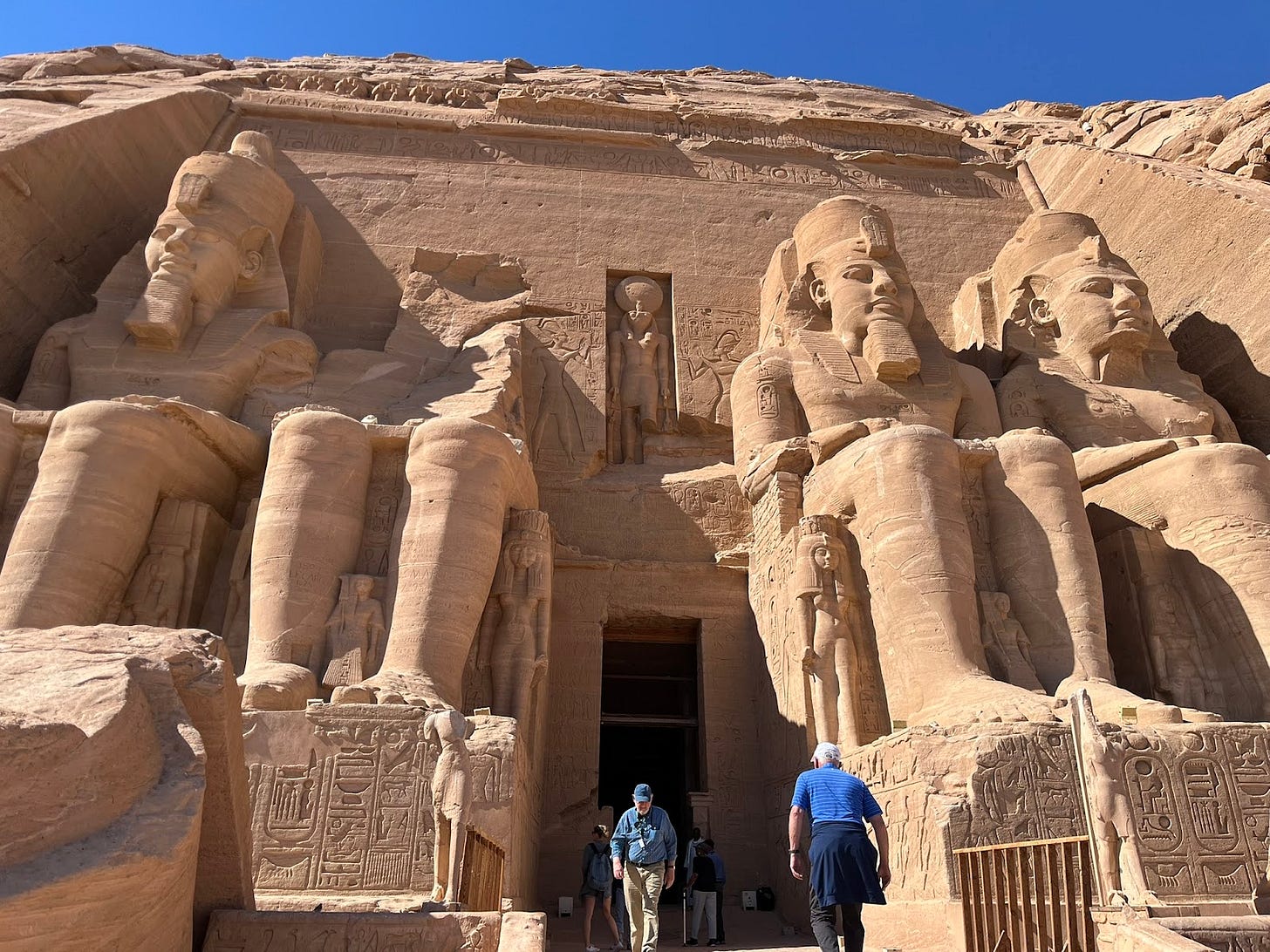
The second reason is all that treasure: golden masks, jeweled crowns, ornately carved sarcophagi, and creepy mummies. It’s not surprising that these treasures have inspired books and movies about raiding the tombs to seek the treasures, or of mummies coming back to life. Throughout history, the field of Egyptology has been dominated by westerners, their fascination often stemming from an early childhood obsession. (Yet our local tour guides in both Egypt and Jordan were former archaeologists. They both turned to tour guiding to make money, because it’s so hard to make a living in archaeology.)
We can’t understand why people would bury those valuable treasures, all that gold, worth so much at that time and now. Those wealthy folks really believed you could take it with you? Yes. They wanted to make sure they’d have plenty of luxuries in their next life. Food and drinks were originally provided and replenished in these tombs, until someone came up with the idea of drawing the items on the walls, which would be made manifest in the next life. Thus many tombs contain hundreds of images of food and drink, as well as servants to help on the journey to the underworld and to serve the person in their next life.
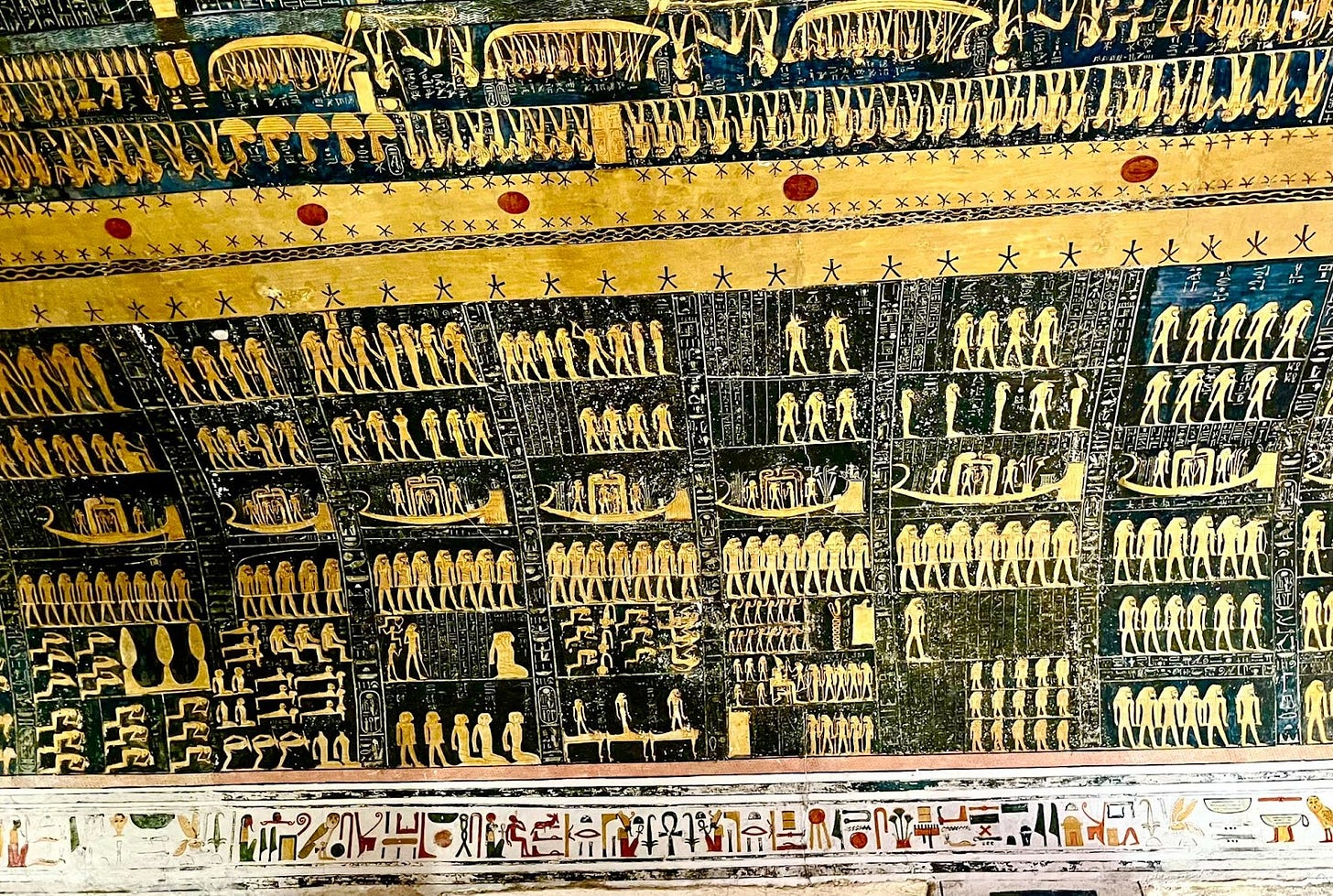
The pyramids were burial sites for pharaohs, and those kings were sent off to the afterlife with more pomp and circumstance and gold than anything I’ve seen in modern life. But the pyramids were usually plundered soon after the royalty were entombed (it’s thought that the robbers may have been the workers who built the pyramids and knew the secret entrances). Those ancient Egyptians finally realized that having huge structures that could be seen for many river-measures (miles for us) was not exactly the best way to hide the tombs from robbers. So they hit upon the idea of digging deep caves hidden in what’s now called the Valley of the Kings.
Over sixty tombs have been discovered in that Valley, and experts believe that there are still more to be found. The tunnels into the tombs were built with false doors and many dead-end passages to fool future robbers. But that didn’t protect the tombs from being looted thousands of years ago. The discovery of King Tut’s tomb was such a find in 1922 not because he was so important – he was a nobody compared to Ramses II and others – but because his tomb had never been raided, and so the incredible riches were all there, untouched since the 13th century BC. (Tut died at age 19 and suffered from various deformities due to the prevalence of incest in the ruling families. Keeping it all in the family was a big deal). One can only imagine what the tomb of Ramses II included, but it was plundered long before its modern-day discovery.
Many of the riches and treasures that archaeologists unearthed in the tombs in the 1800s and early 1900s were taken out of Egypt and can be seen in museums in London, New York, Boston, Chicago, you name it. Egyptians must be furious. But on our trip, we enjoyed visiting the old Egyptian Museum in Cairo, and the brand-new Grand Egyptian Museum in Giza, both of which house great statues, mummies and treasures from the tombs. Many of these are recent finds, since Egypt no longer allows finders to be keepers.
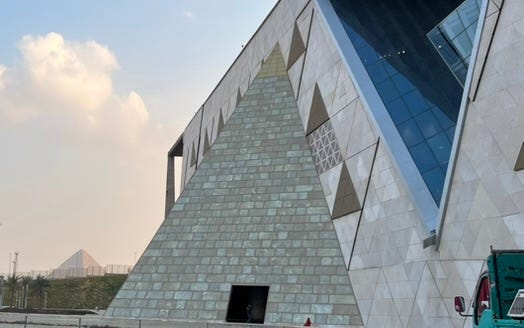
A third reason for our fascination with ancient Egypt is the awe that we have for the artistry employed so long ago. People in 1200 BC painted those images, and carved those lifelike statues? Are you kidding me?
When you walk into one of the tombs in the Valley, it’s a total surprise. The photos that I’d seen of the decorated tomb walls don’t do justice to the vivid colors and surprising images that go on and on, full of instructions for how to navigate the scary challenges on the route to the underworld, the passage to the next life. The colors were much brighter than in the wall carvings in temples we’d seen. Generally, it’s rare to see colors remaining aboveground because they’ve been erased by weather and defacing, whereas deep underground they look like they were recently painted.
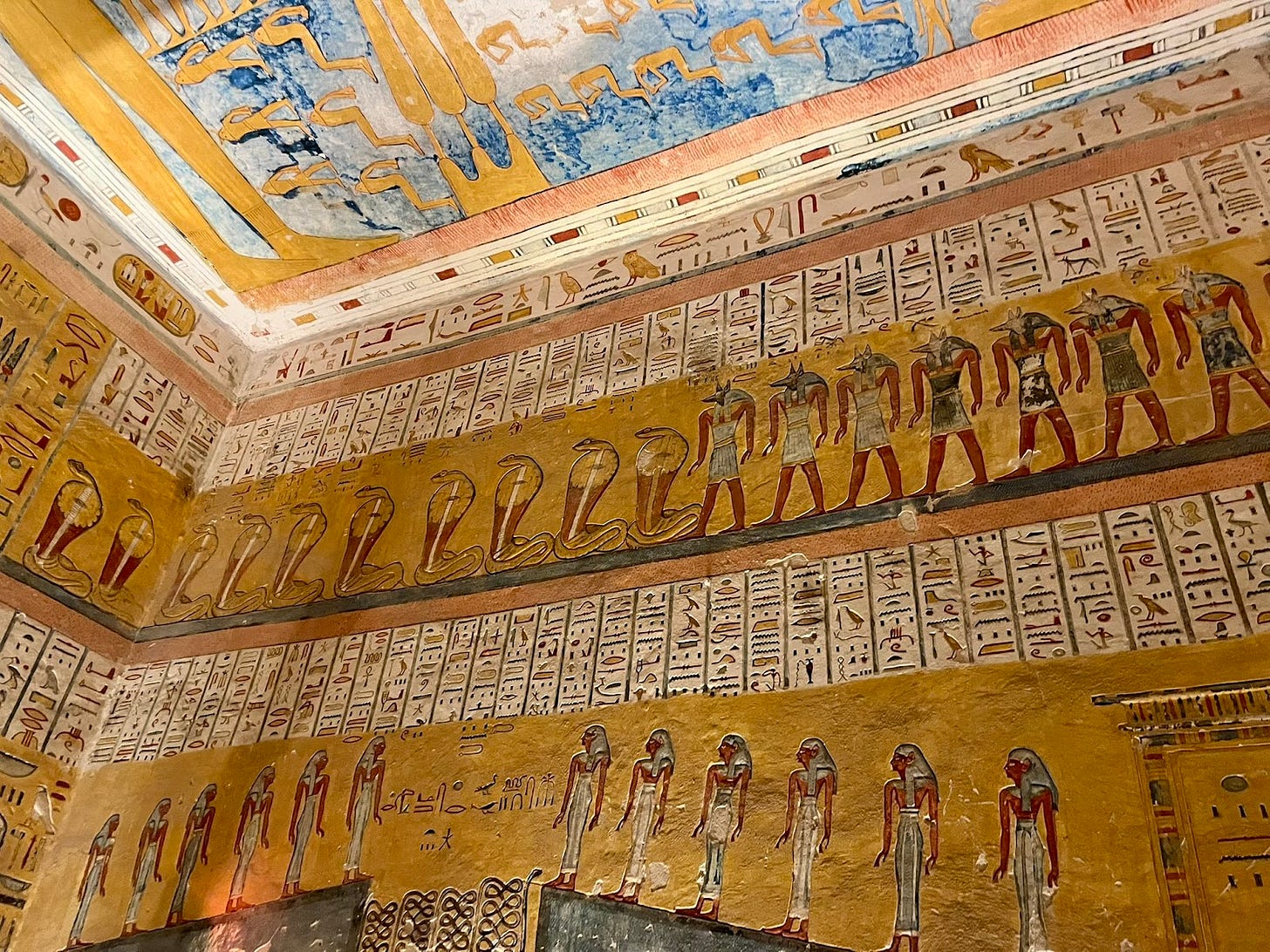
One can argue that many ancient cultures had better artisans – look at the ancient Greeks, who certainly surpassed the Egyptians in sculptural detail. But they came much later, like 5th c. BC. I’m no art historian and don’t want to get into arguments about which ancient civilization had the greatest art (look at China, ancient Mesopotamia, etc.). Egypt’s art survived because of its dry weather and the fact that many of the sculptures and structures were buried under sand or under ground. Regardless, we have reason to be in awe of the early Egyptian art.
My fourth reason for being a fan of ancient Egypt is the fact that women played an important role in that society. Many of the gods they worshiped were female, like Mut, Hathor, Isis, Bastet, and others. Several real women were important pharaohs, including Hatshepsut, who built her own enormous ego-temple to compete with all those male temples. Historians debate whether Nefertiti ruled as a pharaoh following the death of her husband, Pharaoh Akhenaten; regardless, they agree that she ruled the country in fact if not in title, as evidenced by the paintings and sculptures of her. Nefertiti’s tomb has never been found, although our guide said to stay tuned for a possible announcement in January. You heard it here first.
And my final reason for our fascination with the ancient Egyptians is their rich religious belief system. There are helpful gods, and scary gods; gods who are part animal; gods who are also human and thus relatable. There are great stories about these gods, often with morality lessons. And of course there is the afterlife. No need to fear death if there’s something great waiting. But it wasn’t easy to get to eternal life.
The journey to the underworld and eternal life was rough and dangerous, filled with challenges, snakes, monsters, and a final weighing of your heart against a feather. You only pass Go and continue to eternal life if your heart is as light as a feather. What a nice image. It’s a good reminder that we shouldn’t walk around with heavy hearts, regardless of what sadness life throws at us.
I like the fact that the ancient Egyptians envisioned their afterlife as basically the same as life in the Nile valley, only without the unpleasant parts. Instead of some unimaginable place such as heaven, they would picture themselves beside their beloved river, sitting under their favorite tree. It leads to an appreciation of the world at hand. It makes the afterlife more concrete.
In my afterlife I can picture myself sailing my beloved Sunfish in Michigan, or hiking in my Virginia mountains. Why not? But I won’t try to bring riches with me. I’m spending what I have on travel anyway.
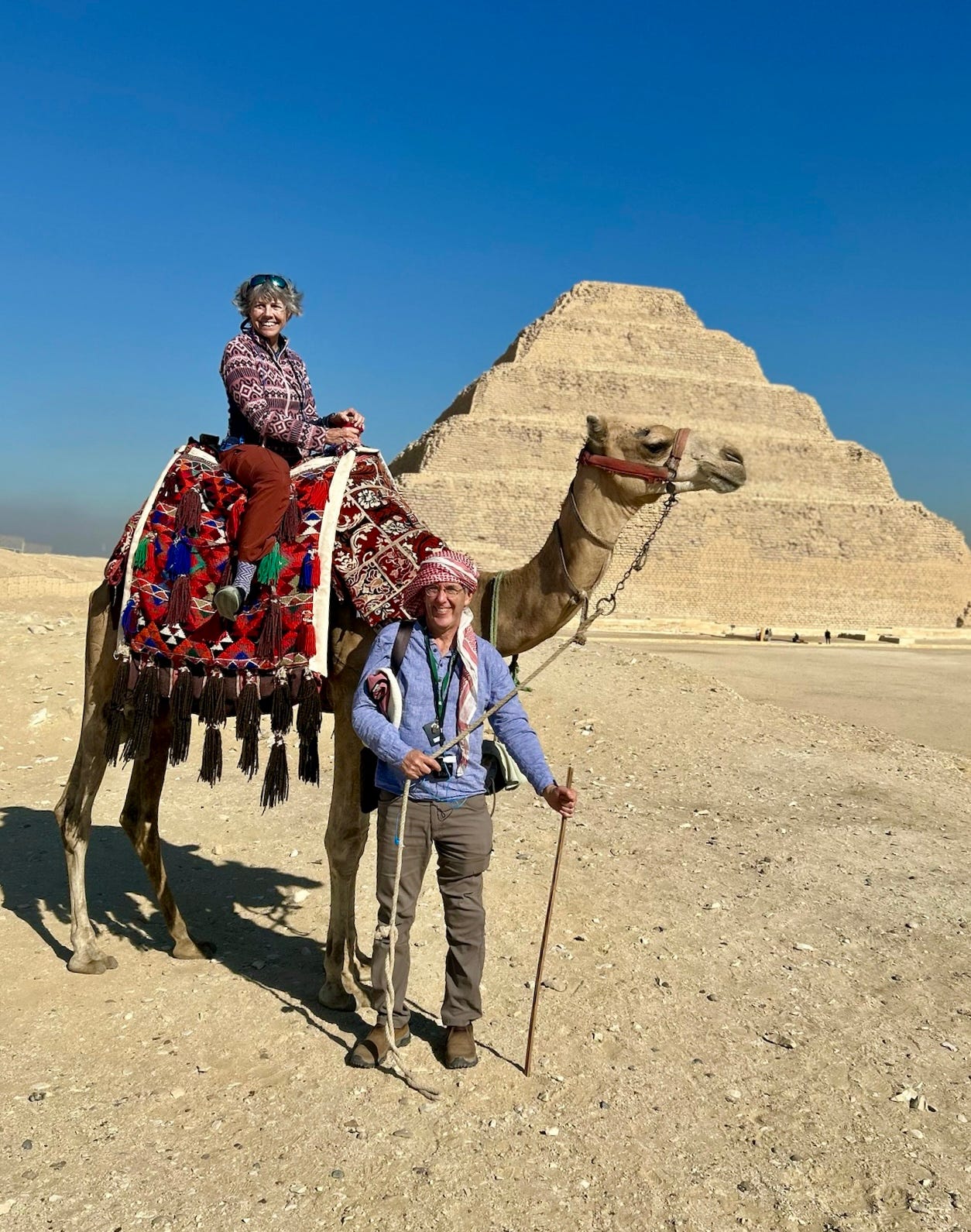
Stay tuned for more posts on Egypt and Jordan.
Photos by Jill Martin
My most popular posts of 2024 (to my surprise):
On Middletown, Kingswood, and Dartmouth
On our group tour, we started in Cairo and saw the Giza pyramids and both major museums, then flew south to Aswan. We took a boat tour of Lake Nasser, stopping to see many temples, the best of which is Abu Simbel. We saw the Aswan Dam, then did a boat cruise north up the Nile to Luxor, where we saw the famous temples and the tombs in the Valley of the Kings. We finished up back in Cairo with visits to Memphis and Saqqara.




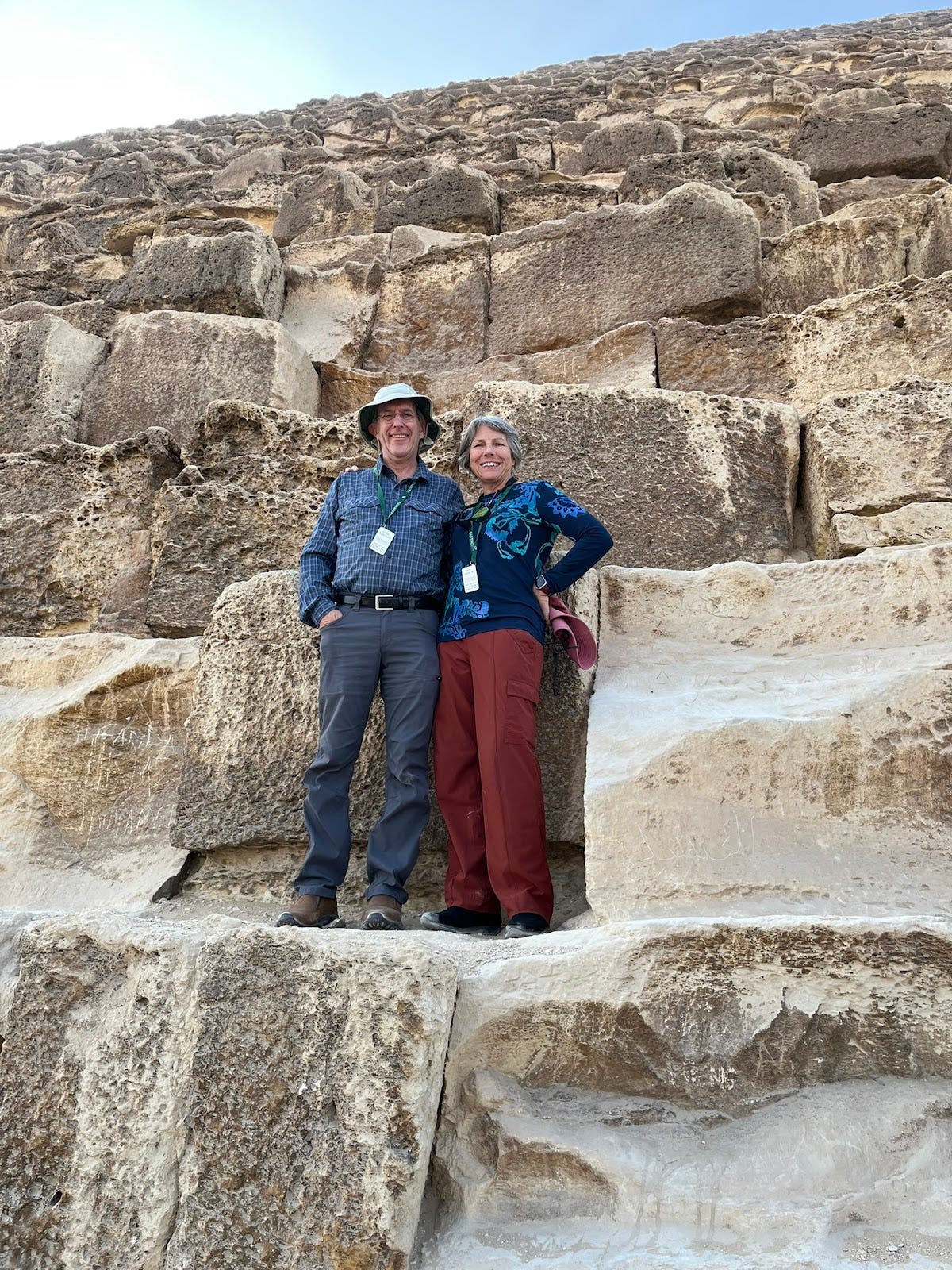
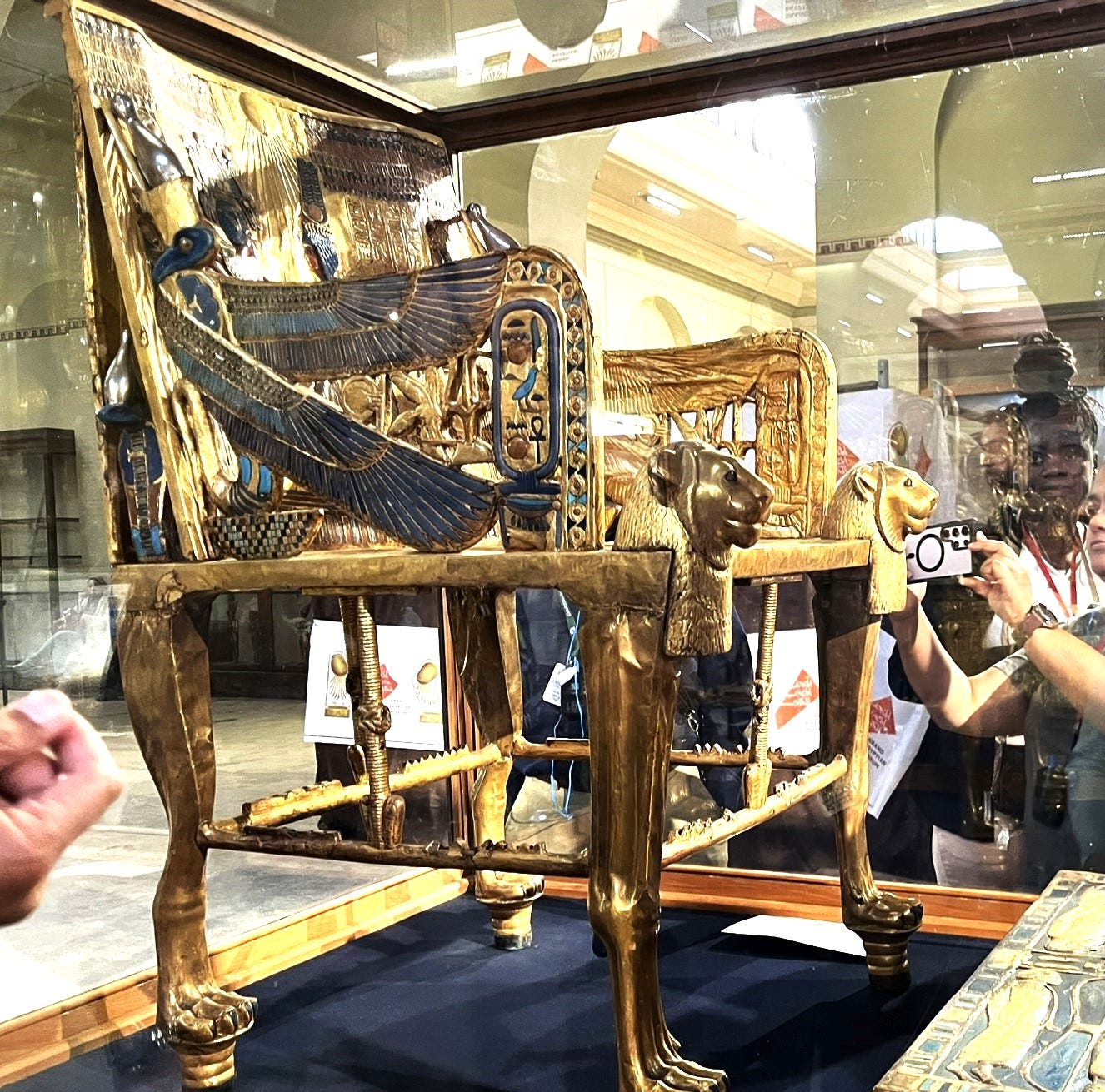
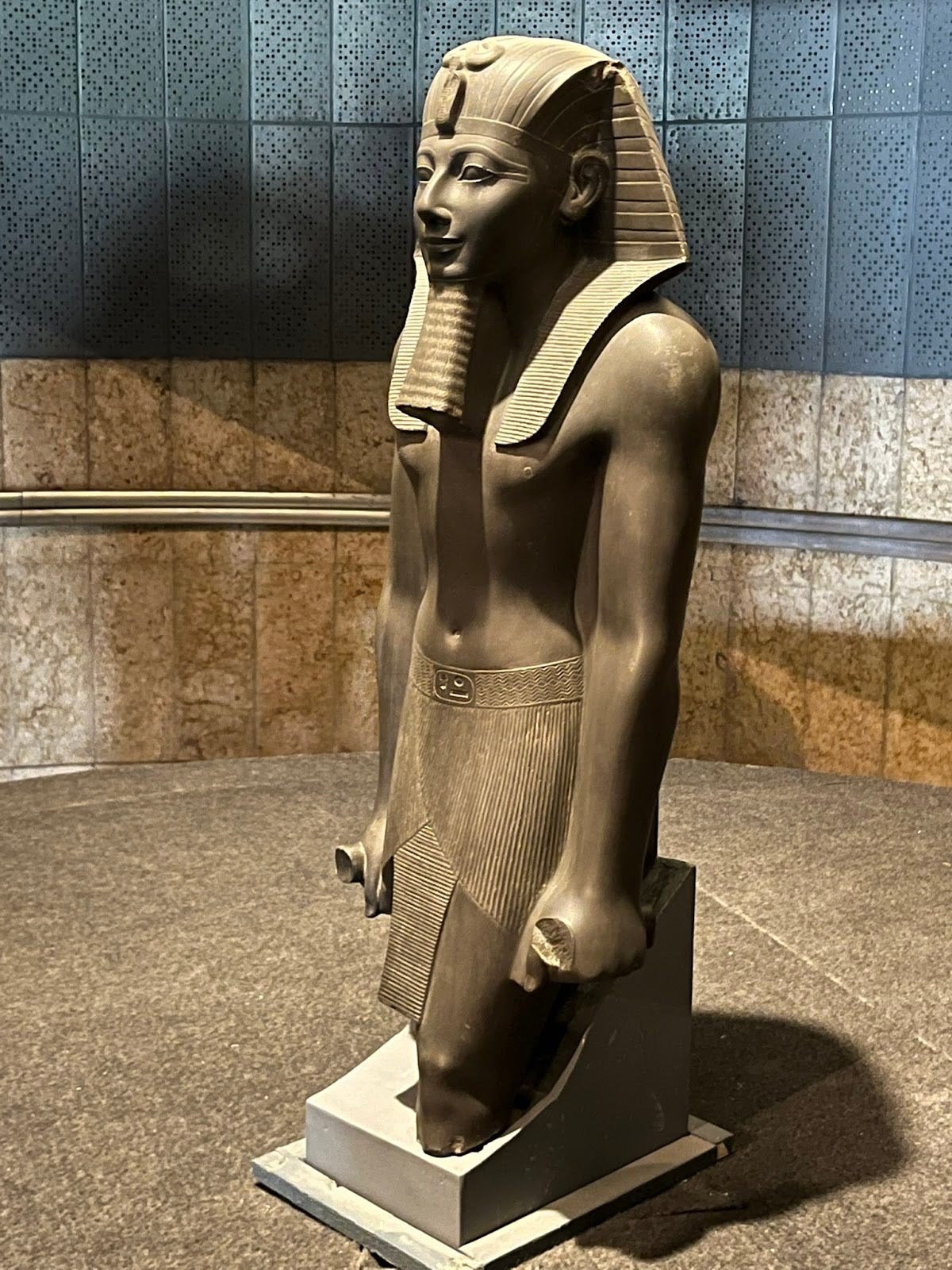
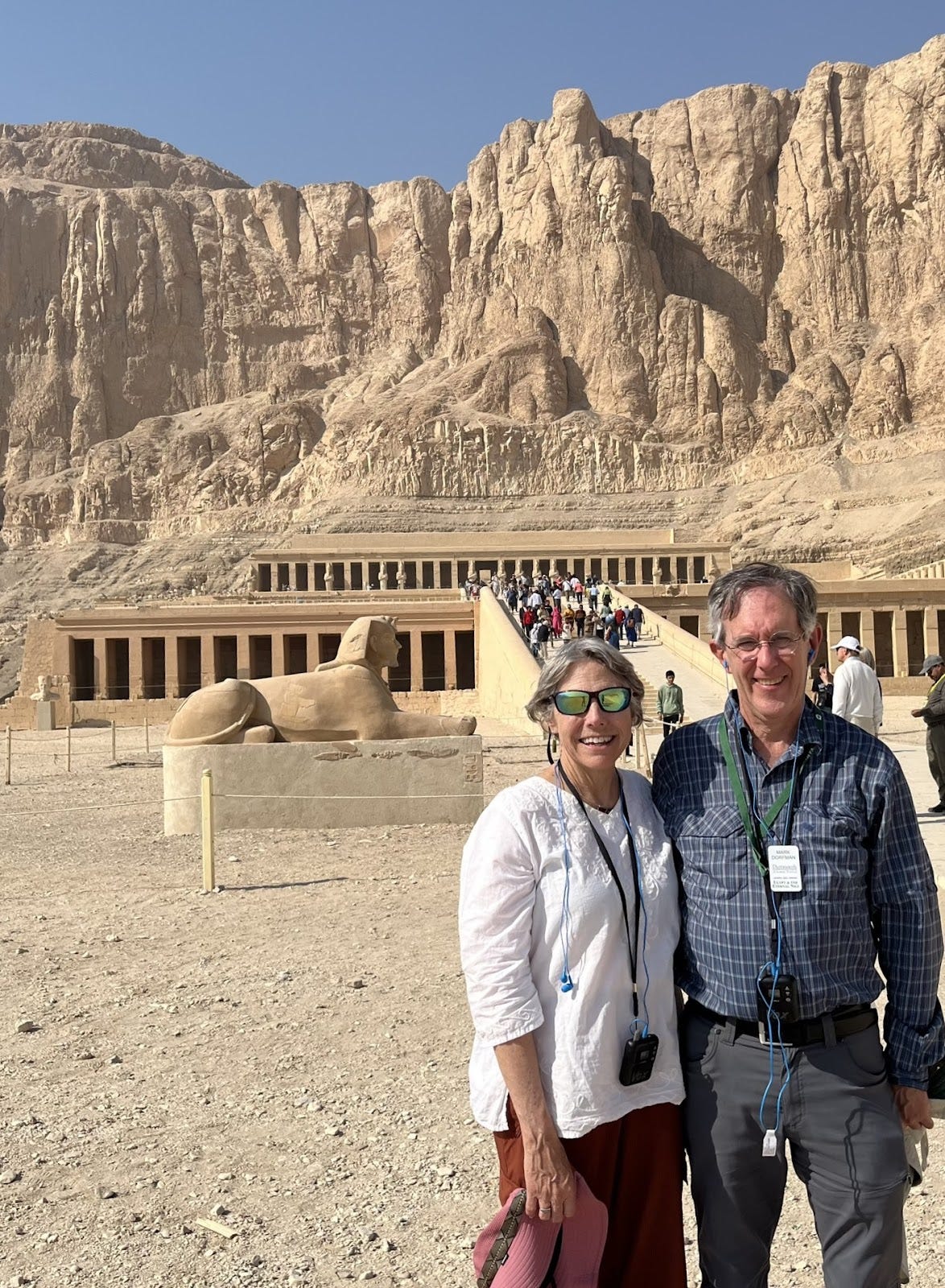
I really enjoyed your article about Egypt, and your adventures there. It made me want to go and see for myself!
What a great blog! Thanks for taking us along on your amazing travels Jill!